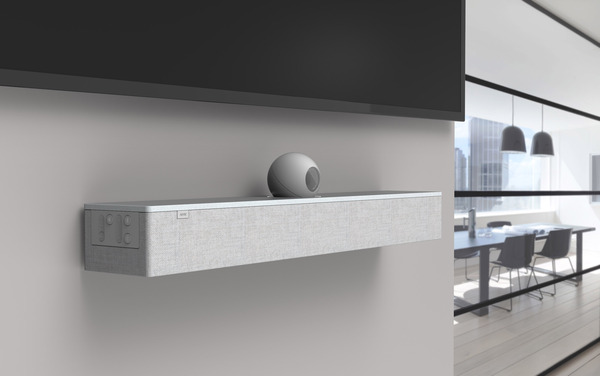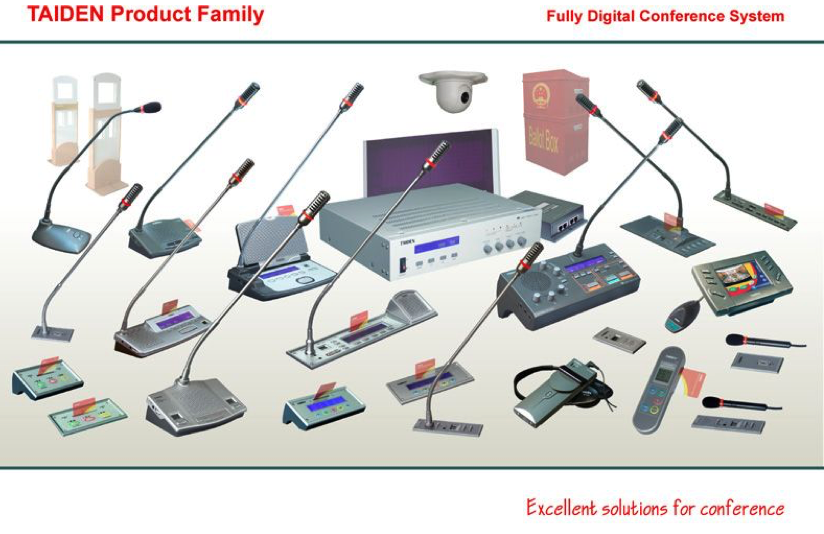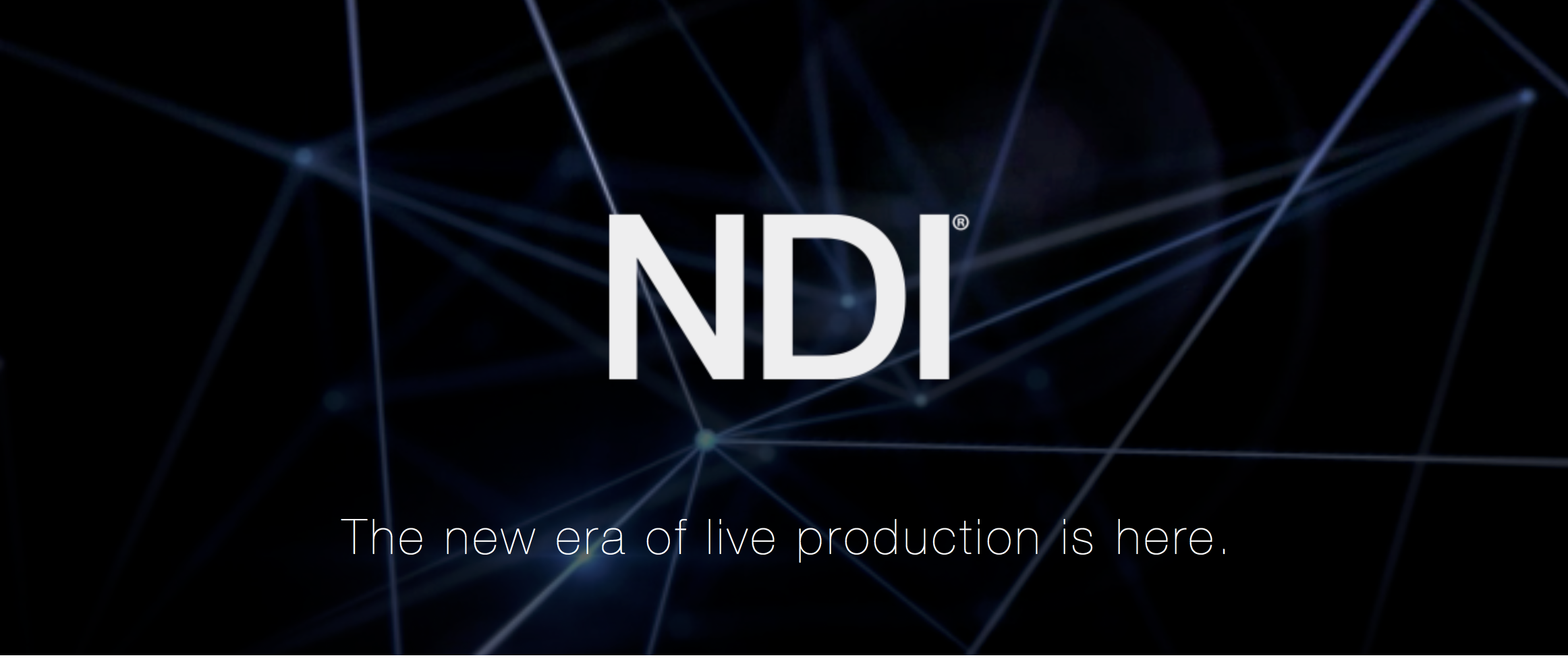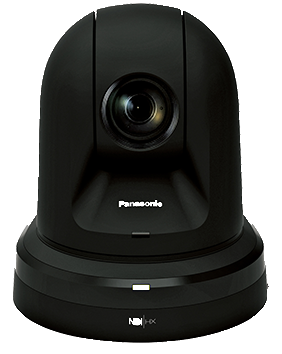Why Audio in the Conference Room is NOT a One-Size-Fits-All Solution
These days, video conferencing is a daily activity. What was once the prevue of only “C suite” executives is now available to everyone in the organization. Conference rooms are becoming ubiquitous, and come in all shapes and sizes. Small, medium, or large – each size conference room has its own set of challenges that require different types of AV integration products and solutions.
Let’s break this down a little:


- Let’s start small—AKA the huddle room. It’s estimated that worldwide, the number of huddle room installs will be in the six-figure range over the next few years. Huddle rooms are smaller spaces where AV/IT infrastructure is minimal and BYOD is the norm. It’s a collaboration environment. Folks need the ability to easily connect their computer and share content locally as well as remotely. Biamp has the solution for the huddle space environment, the Devio. A one cable connection from your computer to the Devio is all that’s required. The heart of the system is its’ beam –tracking microphone, which follows the conversation around the room.Crystal clear audio anywhere in the room is possible, thanks to the auto-setup feature which calibrates the mic and audio with the acoustics of the room. Connect a USB camera to the device and HDMI output from the Devio to a monitor and you’re all set. Two models provide interface capability with existing phone systems via the rooms’ phone headset output. The Devio even has a Bluetooth enabled version. AMX also has a player in this space, the Acendo Vibe. Included are JBL speakers and mics and a wide-angle camera to see everyone in the room.

Did you know that Almo Pro A/V offers a SOUND OPTIONS audio sourcing and engineering group? SOUND OPTIONS gives accessibility to favorite audio brands and technical expertise all through a single resource. Learn more here.

- Medium sized rooms, AKA the “GRANDE,” are the perfect candidate for the Phoenix Stingray. This distributed array auto-mixer features mic-line inputs and can be configured as a stand-alone SIP client. The unit can be daisy-chained to add additional mics. The device can bridge two audio calls from different interfaces, has direction-finding and beamforming software which provides the ability to steer the directionality of the devices’ microphones. Speaking of mics, Phoenix has a number of mics certified to work with the device, such as the AKG CHM 99 hanging mic and the Beyer Dynamic Revoluto RM 30.

- Large rooms — AKA the “big boy/executive conference room,” requires products like the BSS Soundweb London family of DSP processors is the way to go. The unit can come in a fixed I/O configuration or as a chassis, with a number of signal processors and I/Os in a variety of networked-audio configurations and slots for a variety of input/output cards. Available protocols include Cobra-Net, Digital Audio Bus, Dante, and AVB. The units are configurable through HiQnet London Architect.
Conferencing Taiden, AKG, and Beyer Dynamic are designed specifically for the conference room space that requires chairman/delegate assignments, remote mic control, voting, and can incorporate simultaneous interpretation as well. These systems are found in the conference rooms of Fortune 500 companies worldwide.
Taiden

AKG

Beyer Dynamic

In addition to these solutions, ALMO has the full line of Beyer Dynamic and AKG microphones, Ashly, Atlas, Crown, JBL amplification and speakers, Panasonic PTZ cameras, switchers, and a variety of video distribution options.

Small, medium, large…got a project in the works? Ring me up! We’d love the opportunity to help out!
Steve Alexander, CTS, PCVE, CCNA
Business Development Manager
888-420-2566 x6648 | [email protected]










